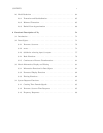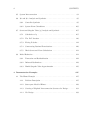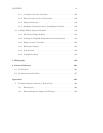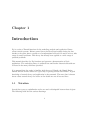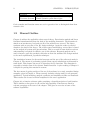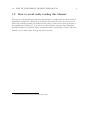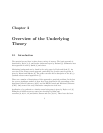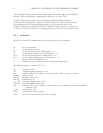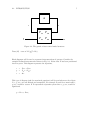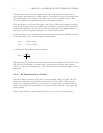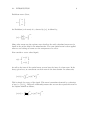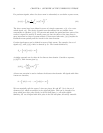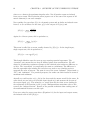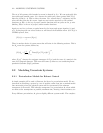6 CHAPTER 2. OVERVIEW OF THE UNDERLYING THEORY
several studies involving process control applications, particularly high purity distillation
columns. These are detailed by Skogestad and Morari in [15, 16, 17, 18]
Section 2.2 introduces robust control perturbation models and linear fractional
transformations. Weighted H
∞
design is covered in Section 2.3. The analysis of closed
loop systems with the structured singular value (µ) is overviewed in Section 2.4.
Section 2.5 discusses µ synthesis and the D-K iteration. Model reduction is often used
to reduce the controller order prior to implementation and this is covered in Section 2.6.
2.1.1 Notation
We will use some fairly standard notation and this is given here for reference.
R set of real numbers
C set of complex numbers
R
n
set of real valued vectors of dimension n × 1
C
n
set of complex valued vectors of dimension n × 1
R
n×m
set of real valued matrices of dimension n × m
C
n×m
set of complex valued matrices of dimension n × m
I
n
identity matrix of dimension n × n
0 matrix (or vector or scalar) of zeros of appropriate dimension
The following apply to a matrix, M ∈C
n×m
.
M
T
transpose of M
M
∗
complex conjugate transpose of M
|M| absolute value of each element of M (also applies if M is a vector or scalar)
Re{M} real part of M
Im{M} imaginary part of M
dim(M) dimensions of M
σ
max
(M) maximum singular value of M
σ
min
(M) minimum singular value of M
M
ij
element of M in row i, column j. (also used for the i,j partition of a previously defined
partition of M)
λ
i
(M) an eigenvalue of M
ρ(M) spectral radius (max
i
|λ
i
(M)|)
M norm of M (see section 2.1.2 for more details)



